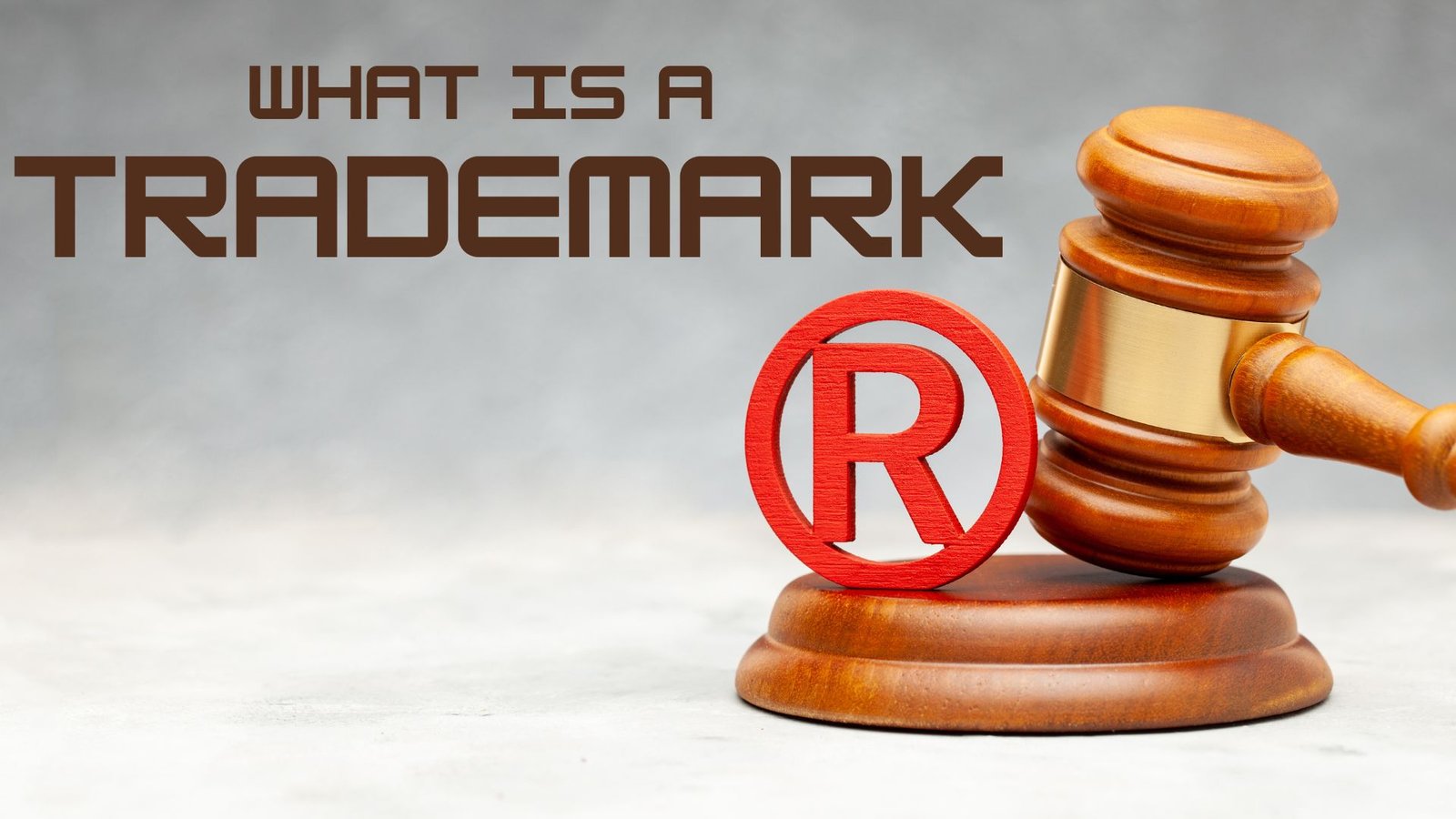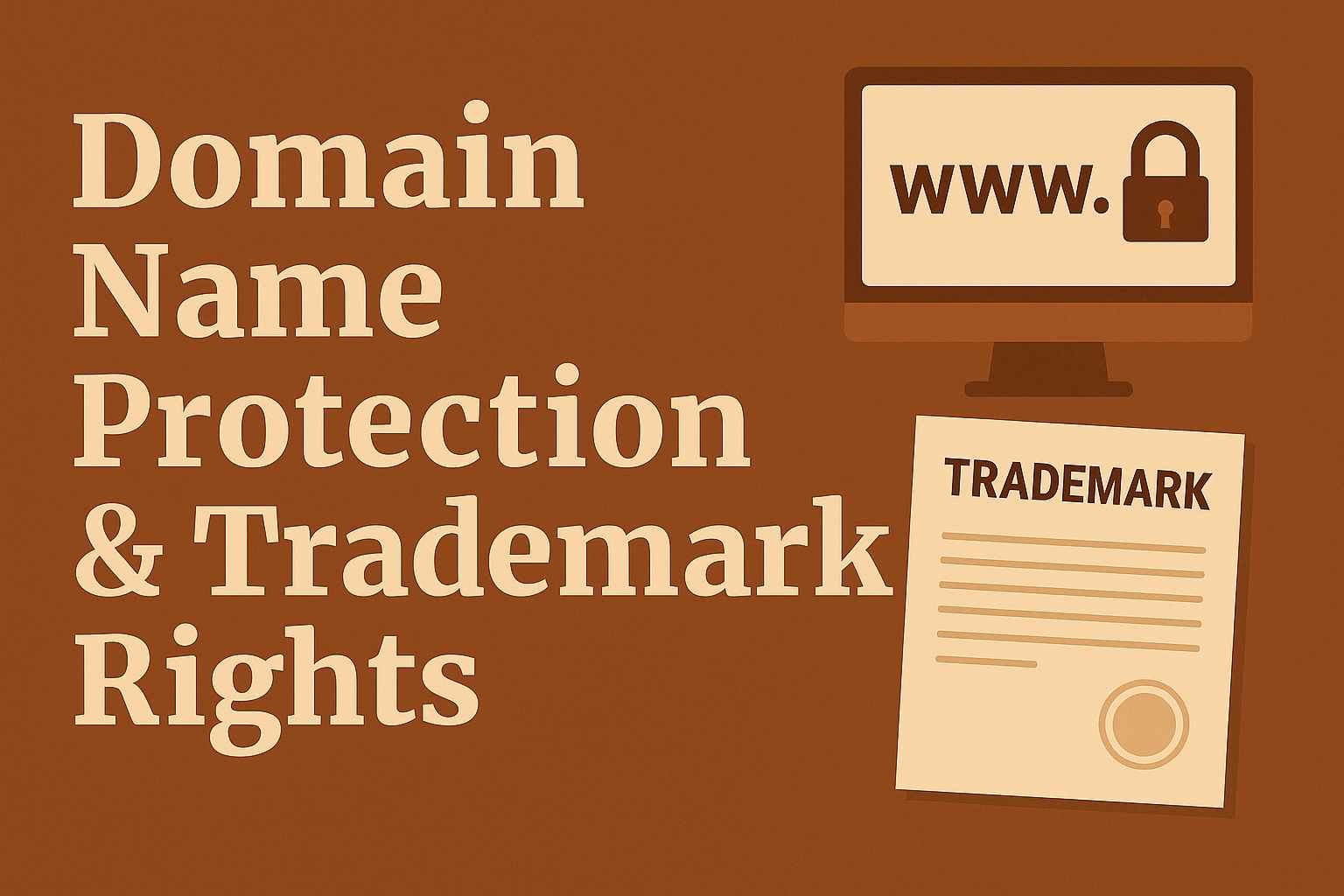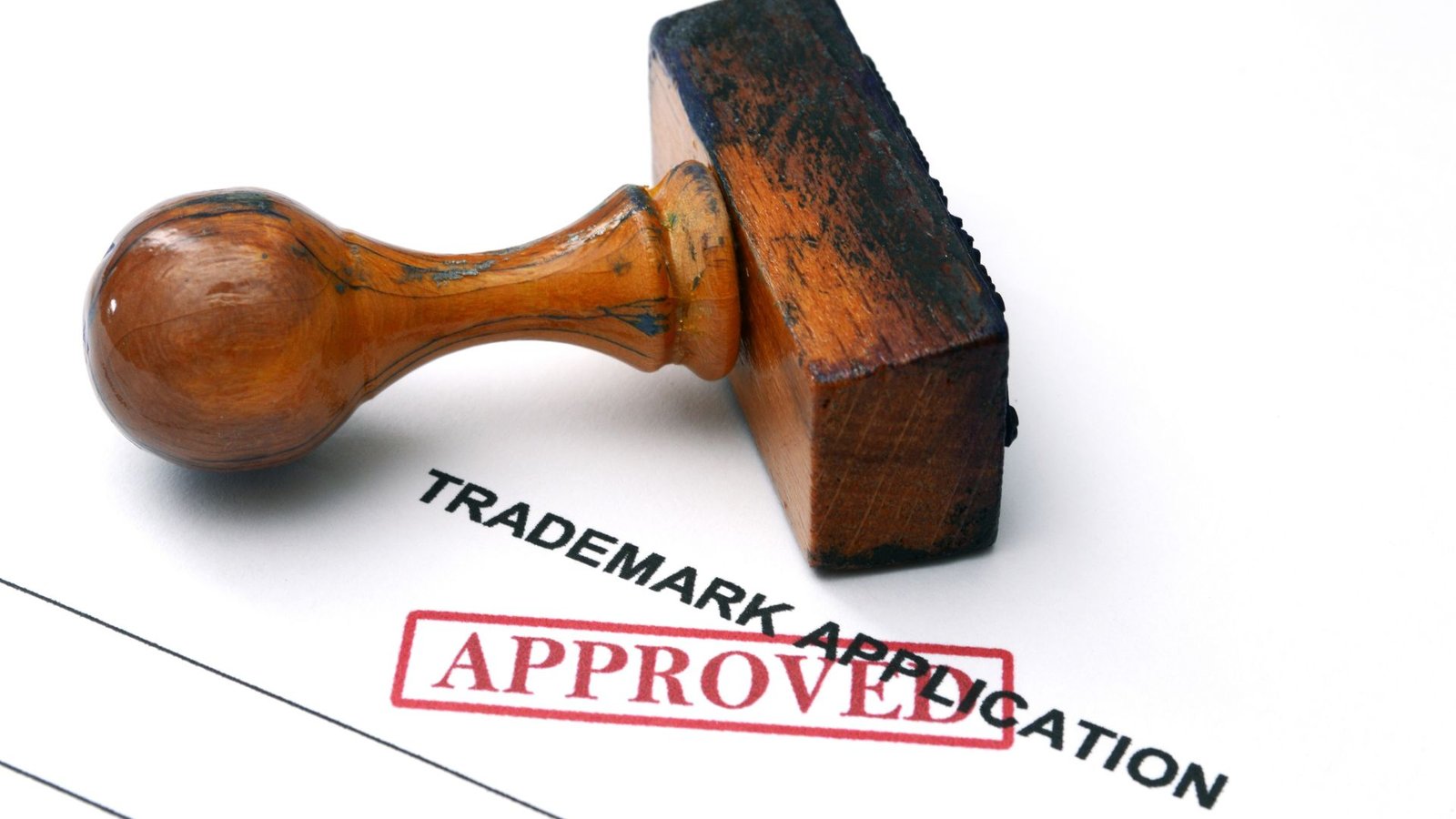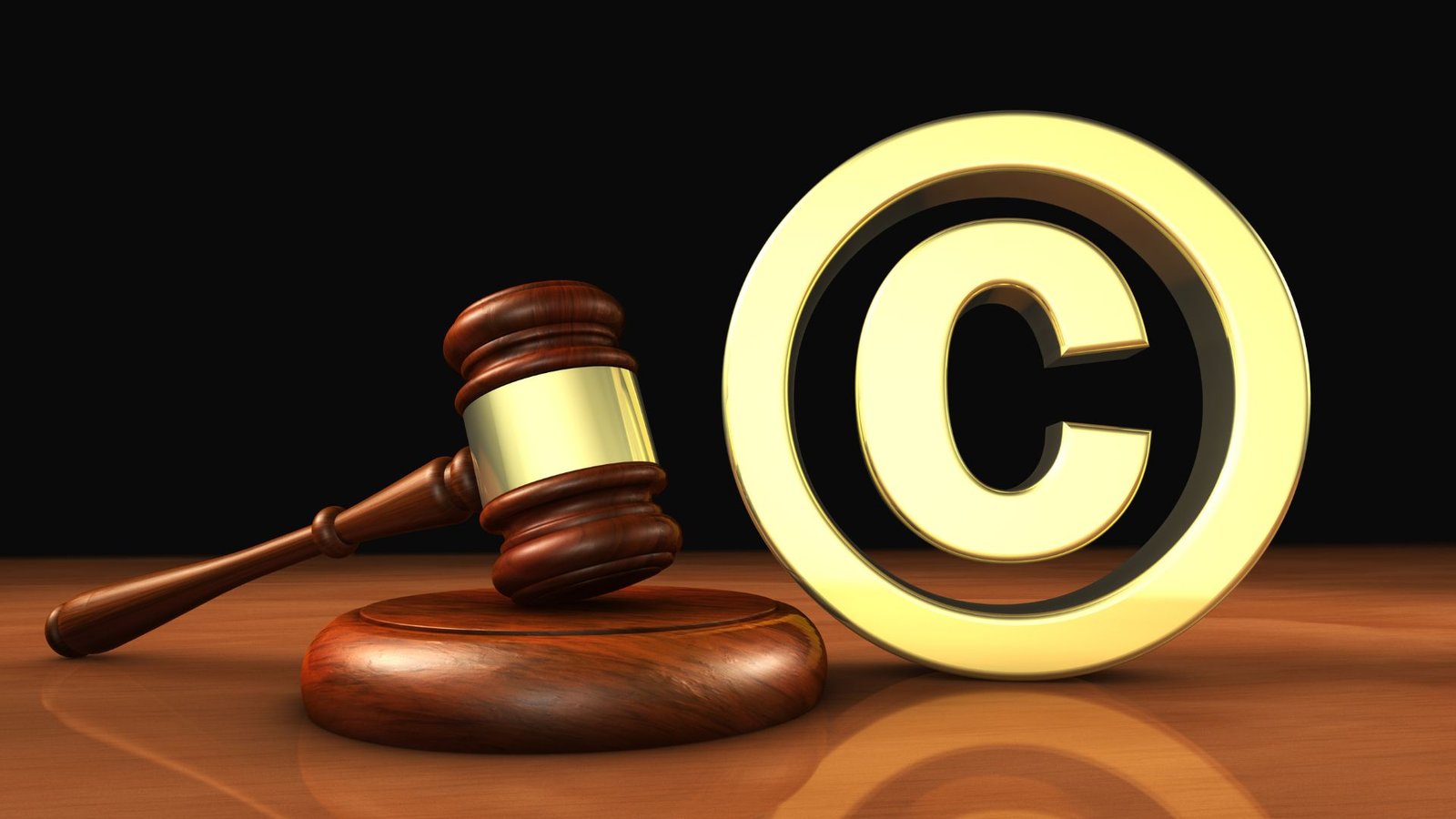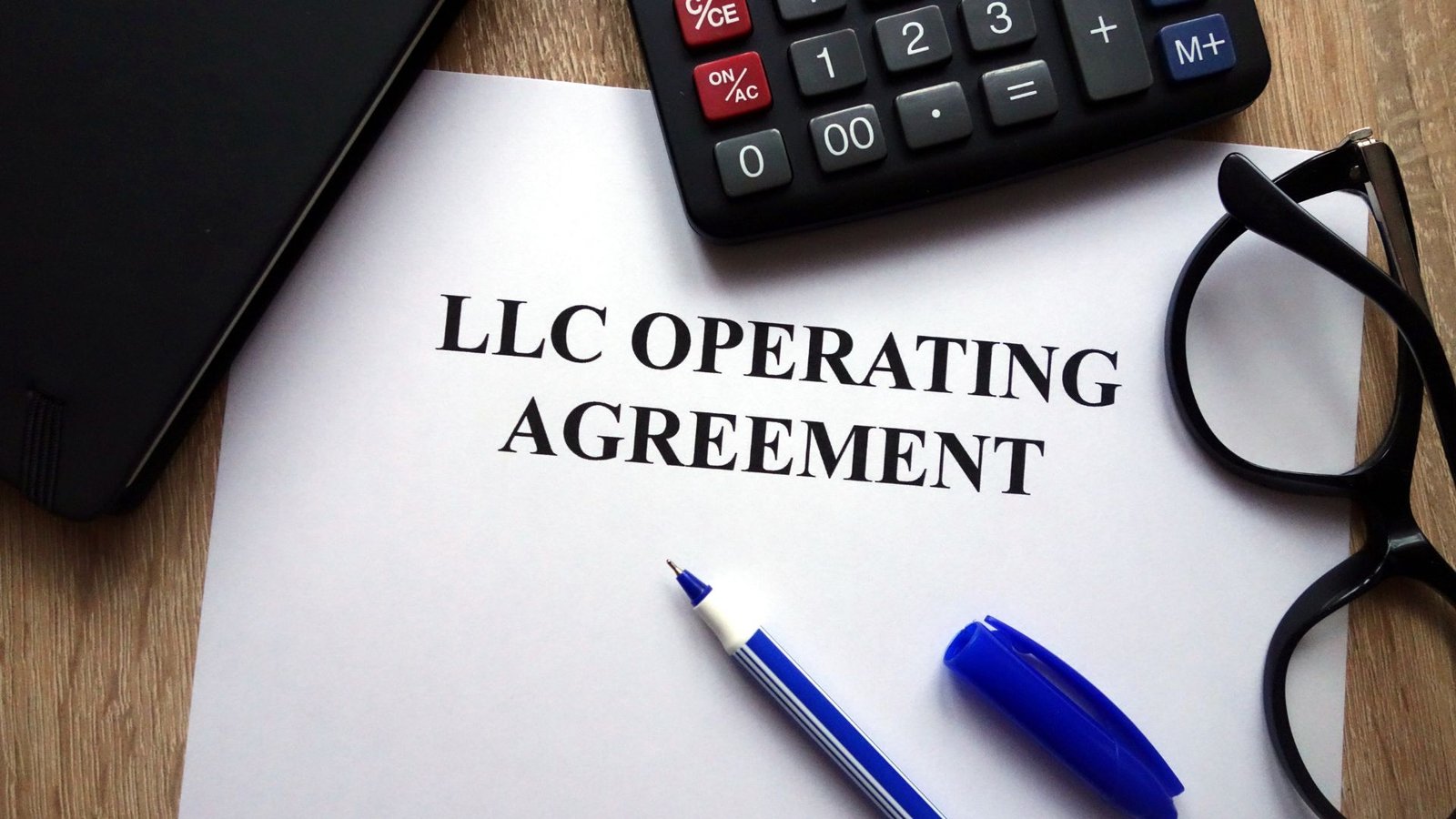On this page you will read detailed information about What Is a Trademark.
As an entrepreneur, understanding intellectual property rights is crucial for protecting your brand. One key concept is trademarks. In your journey to build a recognizable company identity, gain insight into this integral term. Over 100 words await detailing what a trademark entails, outlining the benefits of federal registration, and emphasizing why every business should safeguard its name and logo. Peruse to equip yourself to secure the branding elements vital to fostering customer trust and preventing confusion. Knowledge sets the stage for properly shielding the distinctive words and symbols at your company’s core.
What Is a Trademark? A Basic Definition
A trademark is a word, phrase, symbol, or design, or a combination of words, phrases, symbols or designs, that identifies and distinguishes the source of the goods or services of one party from those of others. In short, a trademark is a brand name.
When you register a trademark, you obtain the exclusive right to use that trademark to identify goods or services or both. Trademarks allow consumers to recognize and associate a product or service with a particular company or individual. Some well-known trademarks include Coca-Cola®, Disney®, and Nike®.
Some of the benefits of registering a trademark include:
- Exclusive nationwide rights: Registering a trademark with the United States Patent and Trademark Office (USPTO) provides nationwide protection against others using your trademark.
- Legal presumption of ownership: Federal trademark registration creates a presumption that you own the trademark and have the exclusive right to use it nationwide in connection with the goods and services listed in your registration.
- Ability to sue in federal court: Federal registration allows you to file a lawsuit in federal court to enforce your trademark rights. Without a federal registration, you are limited to filing a lawsuit in state court.
- Deterrence: The ® symbol in connection with your trademark deters others from adopting a similar mark. The USPTO registration also allows you to record your trademark with U.S. Customs and Border Protection to help prevent the importation of infringing foreign goods.
- Expansion of rights: Over time, a federally registered trademark may become “incontestable”, which provides certain legal advantages and more expansive rights. An incontestable trademark is conclusively presumed to be distinctive and valid.
In summary, a trademark is an extremely valuable business asset that should be properly selected, registered, and maintained. Federal trademark registration provides important benefits and legal protections for your brand.
The Purpose and Function of Trademarks
The primary purpose of a trademark is to establish brand identity and enable consumers to distinguish a company’s goods or services from those of others. Trademarks signify the origin and quality of products, allowing companies to build brand recognition and loyalty.
Protecting Brand Integrity
Registering a trademark legally establishes a company’s exclusive right to use the mark in connection with the designated goods or services. This helps prevent consumer confusion and protects brands from imitation or counterfeiting by competitors. Trademark law aims to promote fair competition while safeguarding the goodwill and integrity of brands.
Signaling Consistent Quality
A trademark also signifies consistent quality to consumers, who come to associate the mark with certain attributes, benefits or experiences. This benefits both companies and customers, allowing the former to attract and retain loyal customers, and the latter to make quick, confident purchasing decisions.
Trademarks may consist of names, phrases, logos, shapes, colors, sounds, scents or other distinctive brand identifiers. The strength of a mark depends on its distinctiveness, as more unique marks are easiest for consumers to recognize and associate with a particular brand. Marks that incorporate generic terms, or resemble existing marks, may be denied registration due to a likelihood of confusion.
In the previous post, we had shared information about Understanding Copyright Registration in the United States, so read that post also.
Maintaining Trademark Rights
To obtain and sustain trademark rights, a company must continuously use the mark in commerce and take steps to prevent unauthorized use by third parties. Trademark rights may be lost through abandonment, genericide, or failure to police improper use of the mark. Trademark owners should regularly monitor for potentially infringing uses and take appropriate action to enforce their rights.
In summary, trademarks play an integral role in building brand equity and competitive advantage. When used properly, they benefit both companies and consumers through reduced search costs, consistent quality, and fair competition. Trademark law aims to promote these economic and social benefits while protecting the goodwill and integrity of brands.
Different Types of Trademarks
There are several types of trademarks that can protect a brand. Knowing the differences between them can help determine which type is right for your business.
Word marks
Word marks protect a brand by registering a word, phrase, or slogan to exclusively identify a company’s goods or services. Common examples of word marks include brand names like ‘Apple’, taglines such as ‘Just Do It’ or product names like ‘iPhone’. Registering a word mark prevents others from using a confusingly similar word, phrase or slogan to identify related goods or services.
Logo marks
Logo marks, also known as design marks, protect a brand’s unique logo design. The logo can contain stylized words, images, symbols or a combination. Popular logos like the Nike ‘swoosh’ symbol and McDonald’s ‘golden arches’ are examples of logo marks. Registering a logo mark gives the brand exclusive rights to that design and prevents others from using a similar logo that could cause confusion in the marketplace.
Slogan or tagline
A slogan or tagline mark protects a brand’s memorable catchphrase, like ‘The Quicker Picker Upper’ or ‘Melts in Your Mouth, Not in Your Hands’. Slogans help build brand awareness and recognition, so registering a slogan mark prevents competitors from using a confusingly similar tagline.
Product design
A product design trademark protects the unique shape or appearance of a product, product packaging or product container. Examples include the Coca-Cola bottle, Hershey’s Kiss chocolate and Toblerone chocolate bar. Product design marks are more difficult to obtain but can be very valuable in distinguishing a brand.
Color
Color marks protect the use of a single color or color combination to identify a brand, like Tiffany & Co.’s trademarked ‘Tiffany Blue’ color. Color marks are also difficult to register and must meet additional criteria to demonstrate the color serves as a source identifier for the brand.
In summary, choosing a trademark helps safeguard your brand identity and build recognition among customers. Registering the proper type of mark for your brand can provide valuable legal protection for your brand’s most important assets.
Trademark Use Requirements
To obtain and maintain trademark rights, you must properly use your trademark. This means using it as an adjective followed by the generic name of the product or service, with consistent visual appearance and prominence.
Continual Use
Trademark rights stem from continual commercial use of the mark. This means using your trademark prominently on product packaging, promotional materials, websites, and in advertising to identify the source of your goods or services. If use of the mark is discontinued for 3+ years, your rights may be lost through abandonment.
Consistent Usage
Your trademark must be used consistently to establish brand identity. This includes:
- Spelling: Always spell your trademark exactly the same way.
- Font and Typeface: Use the same or similar font, size, and color for your trademark across materials.
- Location and Prominence: Place your trademark prominently on materials in a consistent location and size.
- Adjectival Use: Use your trademark as an adjective to modify the generic name of the product or service. For example, “Acme brand widgets”.
Exclusive Use
To maintain your rights, use your trademark exclusively to identify your brand. This means:
- Don’t use your trademark in a plural or possessive form.
- Don’t combine your trademark with other words or designs.
- Don’t use or register a trademark that is confusingly similar to your own.
- Enforce your rights against unauthorized use or “infringement” of your trademark. Failure to do so could weaken your claim to exclusive rights.
Following these requirements for proper use of your trademark is key to establishing and maintaining your brand identity and legal rights. Diligent use and monitoring of your mark will help build goodwill in your brand and protect against loss of rights over time. Consistency and exclusivity are the hallmarks of effective trademark use.
How to Register a Trademark
To register a trademark in the United States, you must file an application with the U.S. Patent and Trademark Office (USPTO). Registering a trademark establishes your exclusive right to use the trademark for the goods and services listed in your application. It also provides legal benefits like the ability to sue for infringement.
Conduct a Trademark Search
The first step is to conduct a comprehensive trademark search to determine if your proposed trademark is available for registration. Search the USPTO’s online database to see if any similar marks are registered or pending for similar goods or services. If a conflicting mark exists, you may need to modify or abandon your proposed trademark.
Prepare and File Your Application
Once you’ve determined your proposed trademark is available, you must prepare and file an application with the USPTO. You can file online using the Trademark Electronic Application System (TEAS), by mail, or through a trademark attorney or service. The application requires:
- The name and contact information of the trademark owner(s)
- A clear drawing or image of the trademark
- A list of the goods and/or services the trademark will be used in connection with
- The date of first use of the trademark and the date of first use in interstate commerce (if applicable)
- The required government filing fee ($350 per class of goods/services)
Examination and Publication
After filing, the USPTO will examine your application to determine if it meets the requirements for registration. If approved, the trademark will be published in the Official Gazette. Within 30 days of publication, third parties who believe they may be damaged by registration of the mark may file an opposition. If no opposition is filed or if any opposition is unsuccessful, the USPTO will issue a Certificate of Registration about 4 to 6 months after your filing date.
Congratulations, your trademark is now a legally registered brand! Be sure to continue using it properly and renew your registration every 10 years to maintain your exclusive rights. Let me know if you have any other questions about the trademark registration process.
Trademark Infringement: What You Need to Know
As a business owner, you need to understand what constitutes trademark infringement and how to protect your brand. A trademark is any word, name, symbol, or device used to identify and distinguish goods or services in the marketplace. Registering your trademark with the United States Patent and Trademark Office (USPTO) gives you certain legal rights to that mark.
What Constitutes Trademark Infringement?
Trademark infringement occurs when another company or individual uses your registered trademark (or a similar mark) in a way that is likely to confuse consumers or dilute your brand. This includes:
- Using an identical or nearly identical trademark for the same or related goods and services. For example, using “Acme Tech” for electronic devices when you have registered “Acme Technologies” for the same purpose.
- Using a mark that is confusingly similar in sound, appearance, or meaning. For example, using “Acme Tech” for technology consulting services when you have registered “Acme Technologies” for electronics.
- Using your trademark in a way that is likely to dilute the distinctiveness or tarnish the reputation of your brand. For example, using “Acme Tech” for adult entertainment services when your “Acme Technologies” brand is well-known for family-friendly consumer electronics.
Protecting Your Trademark
To avoid infringement and protect your trademark rights, you should:
- Register your trademark with the USPTO. Federal registration gives you nationwide protection and the exclusive right to use that mark for your goods and services.
- Actively use your trademark in the marketplace on or in connection with the goods and services listed in your registration. If a mark is abandoned for 3+ years, your rights may be weakened or lost.
- Monitor the marketplace for potentially infringing uses of your mark. Conduct periodic searches of business directories, web pages, social media, and trademark registries.
- Enforce your rights by sending cease and desist letters to infringing parties. Be prepared to take further legal action if they do not comply. Failure to enforce your rights may be seen as abandonment of your mark.
- Renew your federal trademark registration every 10 years to maintain your exclusive rights. If not renewed, your registration will expire and no longer provide legal protection.
By understanding what constitutes infringement and taking proactive steps to protect your trademark, you can build a strong brand that flourishes for years to come. But should infringement occur, consult an intellectual property attorney regarding appropriate enforcement action.
Protecting Your Trademark Rights
Once you have established a trademark for your brand, product, or service, it is critical to actively protect your rights to that trademark. If you fail to do so, you risk losing the ability to prevent others from using confusingly similar marks.
To protect your trademark, you must police the market and take action against potential infringers. This means regularly conducting searches for uses of marks that are the same as or similar to your own. Pay attention to competing brands in your industry, as well as unrelated goods and services. Any use of a mark that is likely to cause confusion among consumers must be addressed.
When you discover potential infringement, you have several options for enforcement:
- Send a cease and desist letter demanding that the infringing use stop. This is often the first step, as it alerts the other party to your rights and gives them a chance to voluntarily comply.
- Lodge a complaint with the USPTO or file a lawsuit to seek an injunction against the infringing use if a cease and desist letter does not work. You may also pursue monetary damages.
- Monitor the brand or company using your mark to ensure they do not continue or repeat the infringing behavior. Take further action as needed.
- Consider registering your trademark in other countries or regions where the infringing company operates or sells products. This expands your rights and facilitates enforcement on a broader scale.
- Be diligent about renewing your trademark registrations in a timely manner to maintain your exclusive rights. Most registrations last 10 years before renewal is required.
Protecting your trademark is an ongoing process that requires vigilance and a willingness to stand up for your rights. However, the investment of time and resources will be well worth it to build brand integrity, prevent consumer confusion, and strengthen your ownership of this valuable intellectual property. By actively monitoring the market and taking appropriate action against infringement, you can safeguard your trademark for the long term.
Trademark FAQs: Answering Common Questions About Trademarks
Trademarks are an important part of establishing and protecting your brand identity. However, the concept can be confusing. Here are answers to some of the most frequently asked questions about trademarks.
A trademark is a word, phrase, symbol, or design that identifies and distinguishes the source of the goods or services of one company from those of others. Legally registering a trademark gives the owner certain exclusive rights to the mark.
The USPTO recognizes several types of trademarks:
I) Words: Words, names, slogans
II) Logos: Graphic symbols, logos, pictures
III) Sounds: Musical notes, sounds
IV) Scents: Fragrances
V) Colors: Specific color shades used in a unique and distinctive manner
The cost to register a trademark depends on the type of application you file. Currently, a basic application to register text, a logo, or a combination of the two costs $275-$375 per class of goods and services. The total cost will depend on how many classes you need to cover the types of goods and services for which you are using the mark.
The time frame for registering a trademark in the U.S. typically ranges from 9 months to 18 months for an application that does not encounter any objections or appeals. The entire process includes:
1. Application filing and initial review – 3 to 6 months
2. Publication for opposition – 30 days
3. Application registration or issuance of final refusal – 3 to 12 months
The exact time frame will depend on the specifics of your application and workload at the USPTO. In some cases, the process can take longer if there are objections, appeals, or requests for extensions of time.
Conclusion
As you have read, a trademark is an important strategic tool to establish brand identity and legal ownership of a name, symbol, logo or other brand asset associated with your business or products and services. Understanding trademarks enables you to make informed decisions to protect your brand. We encourage you to consult an attorney specializing in intellectual property and trademark law if you are considering filing a trademark application to register your brand name or logo. With the proper legal protections in place, you can confidently build awareness of your distinctive brands and prevent infringement from competitors.
Disclaimer
The information and services on this website are not intended to and shall not be used as legal advice. You should consult a Legal Professional for any legal or solicited advice. While we have good faith and our own independent research to every information listed on the website and do our best to ensure that the data provided is accurate. However, we do not guarantee the information provided is accurate and make no representation or warranty of any kind, express or implied, regarding the accuracy, adequacy, validity, reliability, availability, or completeness of any information on the Site. UNDER NO CIRCUMSTANCES SHALL WE HAVE ANY LIABILITY TO YOU FOR ANY LOSS OR DAMAGE OF ANY KIND INCURRED AS A RESULT OR RELIANCE ON ANY INFORMATION PROVIDED ON THE SITE. YOUR USE OF THE SITE AND YOUR RELIANCE ON ANY INFORMATION ON THE SITE IS SOLELY AT YOUR OWN RISK. Comments on this website are the sole responsibility of their writers so the accuracy, completeness, veracity, honesty, factuality and politeness of comments are not guaranteed.
So friends, today we talked about What Is a Trademark, hope you liked our post.
If you liked the information about What Is a Trademark, then definitely share this article with your friends.

